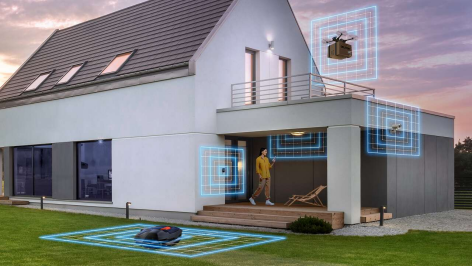
In emerging markets such as audio beamforming and surgical robotics, proximity sensors enable autonomy and automation, safe operation, and high energy efficiency. Proximity sensors are very common in system design, so it is less common to encounter the question of "whether proximity sensors are needed" and more common to "which type will meet the design objectives". When developing new technologies, the right solution is not always intuitive. It is important to consider the specifications, especially the end-device characteristics, to determine which sensing technology should be used in the system design.
Autonomy and automation
People count, fall detection, and obstacle avoidance are the main use cases for proximity sensors. Headcount has revolutionized retail analytics, measuring store foot traffic without cameras and alleviating customer privacy concerns. Robot cleaners can detect their environment to avoid falling down stairs, while a drone navigation system with obstacle avoidance can navigate around trees and avoid power lines and other obstacles up to 50 meters.
For applications that require autonomy and automation, two important factors are distance and field of view, but there is a trade-off between the two. A wider field of view usually means a shorter sensing distance, which is useful for detecting behavior such as someone approaching a visual doorbell. And vice versa; A narrower field of view usually means a longer sensing distance, which is of great benefit for applications such as drones that need to slow down in time to land safely. Different modes of proximity sensing will determine distance and field of view. Radio frequency (RF) waves (radar) are detected from 0.04 meters to more than 100 meters with a field of view of 160 degrees, while near-infrared wavelengths (optical Time of Flight (ToF)) are detected from 0.01 meters to 20 meters with a field of view of 0.15 degrees to 120 degrees.
Given the differences in detection distance and field of view requirements for emerging autonomous and automated applications, TI proximity sensor solutions offer a range of options. When using the IWR6843 millimeter wave (mmWave) sensor, the sensing distance can exceed 100 meters; When using the OPT3101 to simulate the front end, the field of view can be up to 120 degrees.
Safe operation
Proximity sensors combine autonomy and automation for safe operation. In applications such as advanced driver assistance systems and industrial robotics, proximity sensors provide adaptive and predictive safety measures for contactless operations. According to the International Electrotechnical Commission standard 61496-5, such sensors can monitor high-risk areas and blind spots in factories, or signal a vehicle to stop before it hits a pedestrian. TI's 77GHz AWR2544 radar sensor achieves detection distances of 200 meters or more with higher range resolution that improves the performance of angular radar applications to help improve vehicle safety.
Measurement speed and sensing resolution play a crucial role in scenarios such as fast-moving assembly lines or surgical procedures. Table 1 highlights some of the differences between proximity sensing solutions and their performance under a variety of environmental conditions.
Energy efficiency
Audio beamforming is a trend driven by proximity sensors that allows TVS, speakers, smart speakers and similar applications to direct audio to people within a distance of 6 to 8 meters, improving the user experience with great sound. Similarly, the implementation of our IWRL6432 millimeter-wave radar sensors in heating, ventilation and air conditioning systems helps to direct air towards people, thereby reducing energy consumption. These smart steering methods are enabled by features such as monitoring multiple zones to locate presence and tracking movement in each zone. Specifically, the 60GHz radar sensor has a shorter wavelength and more transmitting and receiving antennas that can accurately detect the presence, movement, and location of four or more people in a room.
Proximity sensors save energy by utilizing human presence detection, helping to drive advances in sustainable building design. Applications such as visual doorbells, kiosks, and automatic doors can be in low-power mode and wait for detection before taking action. The system can be in low power mode is an effective way to improve energy efficiency, which is particularly important for battery powered systems.
Conclusion
Each specific sensing solution has its own unique features. For example, TI's IWR6843 and IWRL6432 radar solutions enable 4D (3D and velocity) detection at distances of up to 100 meters, with a resolution of 4 cm, and the ability to integrate new architecture RF and microcontrollers in a single sensor to make decisions based on detection. TI's radar devices also penetrate non-metallic materials such as drywall and plastic, so sensors can be hidden for aesthetic reasons. TI's OPT3101 analog front end is highly customizable and includes multi-target and multichannel capabilities to determine not only the distance but also the direction of the target.
A world with proximity sensors is not only smarter and more efficient, but also more user-friendly. The coffee machine can start the brewing process when you walk into the kitchen each morning, or your laptop screen can go into private mode when you leave. Gesture detection is possible in every home through low-cost, battery-powered applications. Choosing the right proximity sensor is critical to driving new markets while helping us envision a world of continuous innovation.
The Products You May Be Interested In
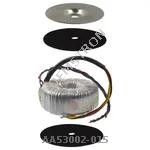 |
AA53002-015 | XFRMR TOROIDAL 300VA CHAS MOUNT | 464 More on Order |
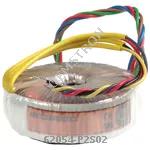 |
62054-P2S02 | XFRMR TOROIDAL 15VA CHAS MOUNT | 107 More on Order |
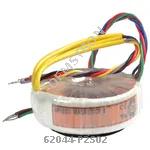 |
62044-P2S02 | XFRMR TOROIDAL 10VA CHAS MOUNT | 336 More on Order |
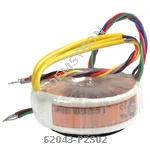 |
62043-P2S02 | XFRMR TOROIDAL 10VA CHAS MOUNT | 304 More on Order |
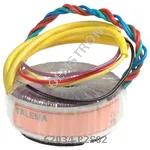 |
62034-P2S02 | XFRMR TOROIDAL 7VA CHAS MOUNT | 441 More on Order |
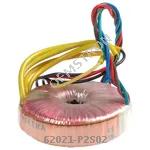 |
62021-P2S02 | XFRMR TOROIDAL 5VA CHAS MOUNT | 281 More on Order |
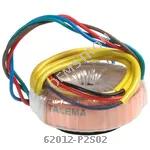 |
62012-P2S02 | XFRMR TOROIDAL 3.2VA CHAS MOUNT | 178 More on Order |
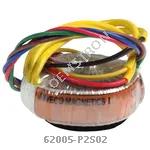 |
62005-P2S02 | XFRMR TOROIDAL 1.6VA CHAS MOUNT | 426 More on Order |
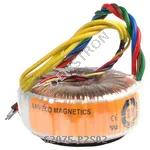 |
62075-P2S02 | XFRMR TOROIDAL 35VA CHAS MOUNT | 406 More on Order |
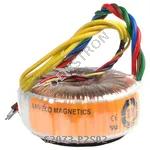 |
62073-P2S02 | XFRMR TOROIDAL 35VA CHAS MOUNT | 294 More on Order |
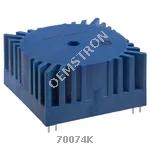 |
70074K | XFRMR TOROIDAL 35VA THRU HOLE | 380 More on Order |
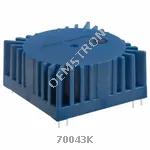 |
70043K | XFRMR TOROIDAL 10VA THRU HOLE | 309 More on Order |
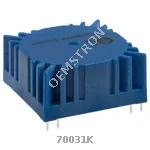 |
70031K | XFRMR TOROIDAL 7VA THRU HOLE | 481 More on Order |
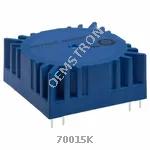 |
70015K | XFRMR TOROIDAL 3.2VA THRU HOLE | 421 More on Order |
 |
70013K | XFRMR TOROIDAL 3.2VA THRU HOLE | 244 More on Order |
 |
70002K | XFRMR TOROIDAL 1.6VA THRU HOLE | 280 More on Order |
 |
62015-P2S02 | XFRMR TOROIDAL 3.2VA CHAS MOUNT | 210 More on Order |
 |
70025K | XFRMR TOROIDAL 5VA THRU HOLE | 226 More on Order |
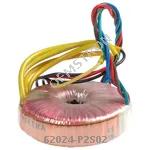 |
62024-P2S02 | XFRMR TOROIDAL 5VA CHAS MOUNT | 268 More on Order |
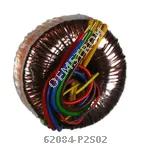 |
62084-P2S02 | XFRMR TOROIDAL 50VA CHAS MOUNT | 607 More on Order |
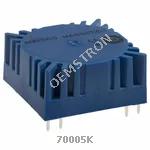 |
70005K | XFRMR TOROIDAL 1.6VA THRU HOLE | 401 More on Order |
 |
AC1200 | CURR SENSE XFMR 200A T/H | 119 More on Order |
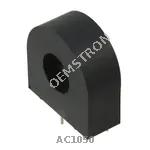 |
AC1050 | CURR SENSE XFMR 50A T/H | 409 More on Order |
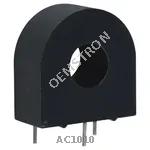 |
AC1010 | CURR SENSE XFMR 10A T/H | 254 More on Order |

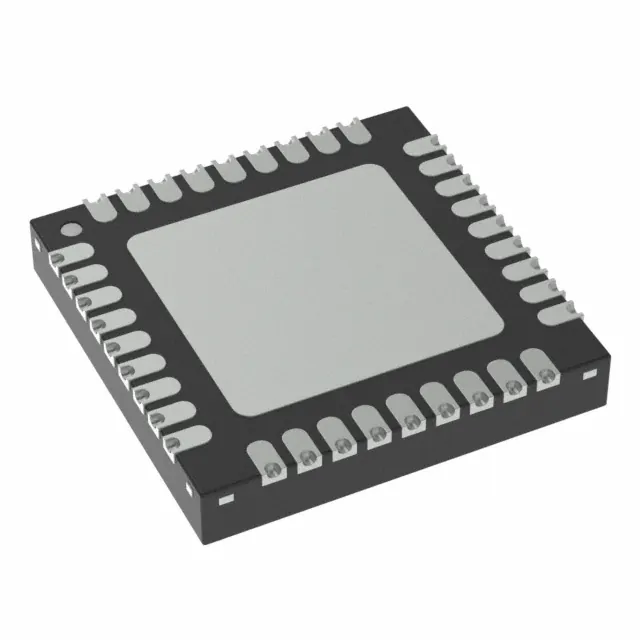 Semiconductors
Semiconductors









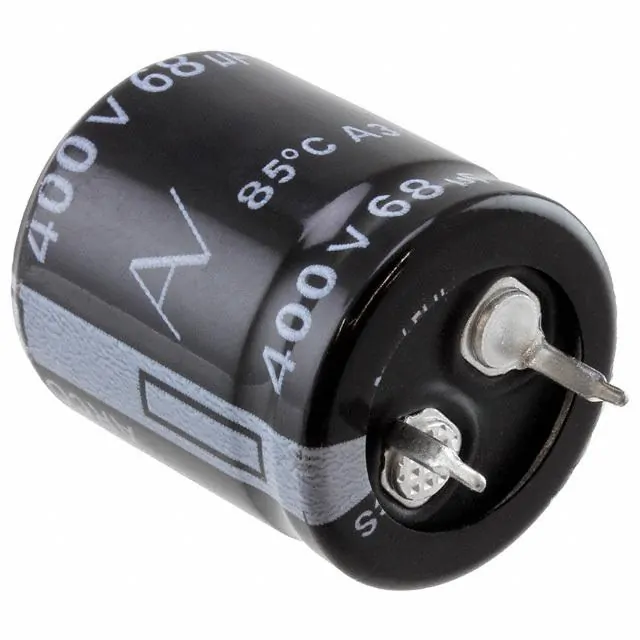 Passive Components
Passive Components









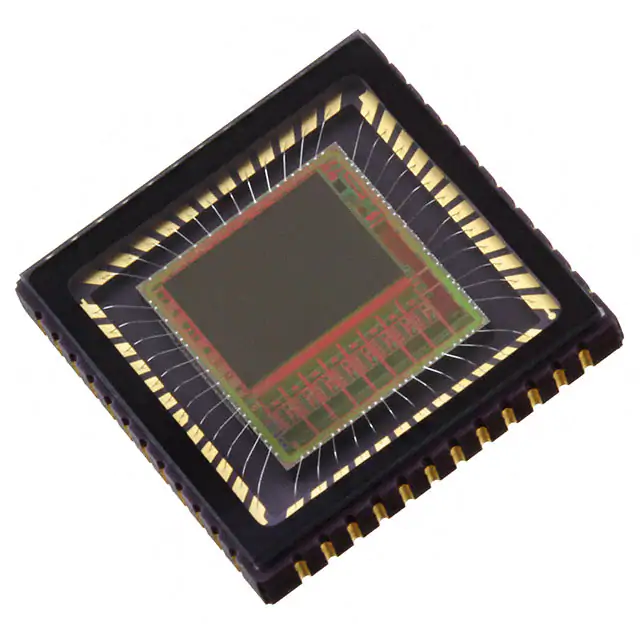 Sensors
Sensors








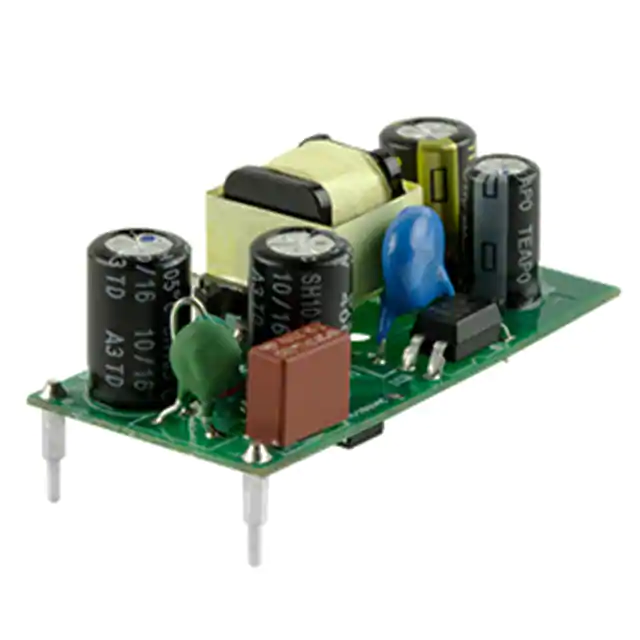 Power
Power









 Optoelectronics
Optoelectronics








